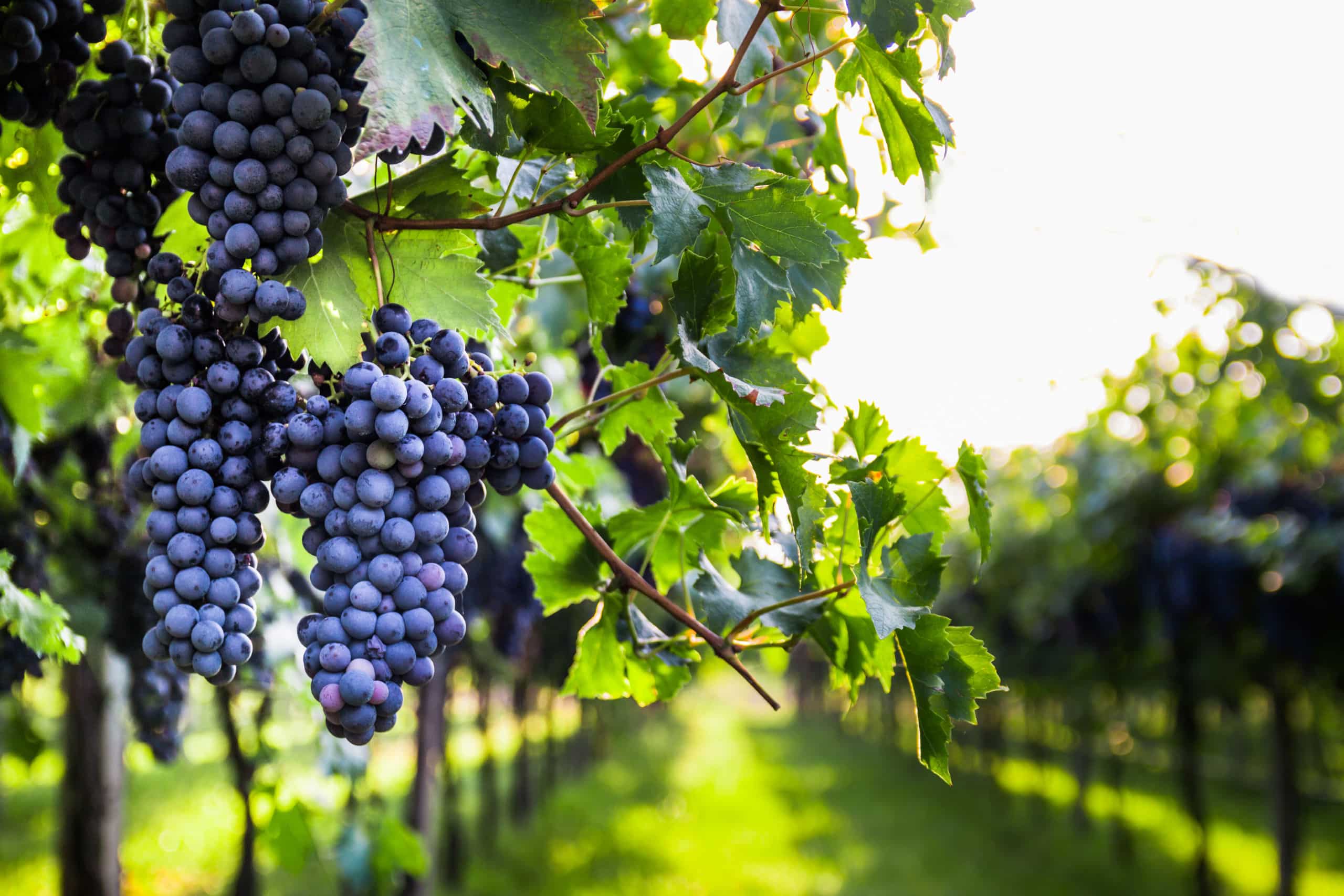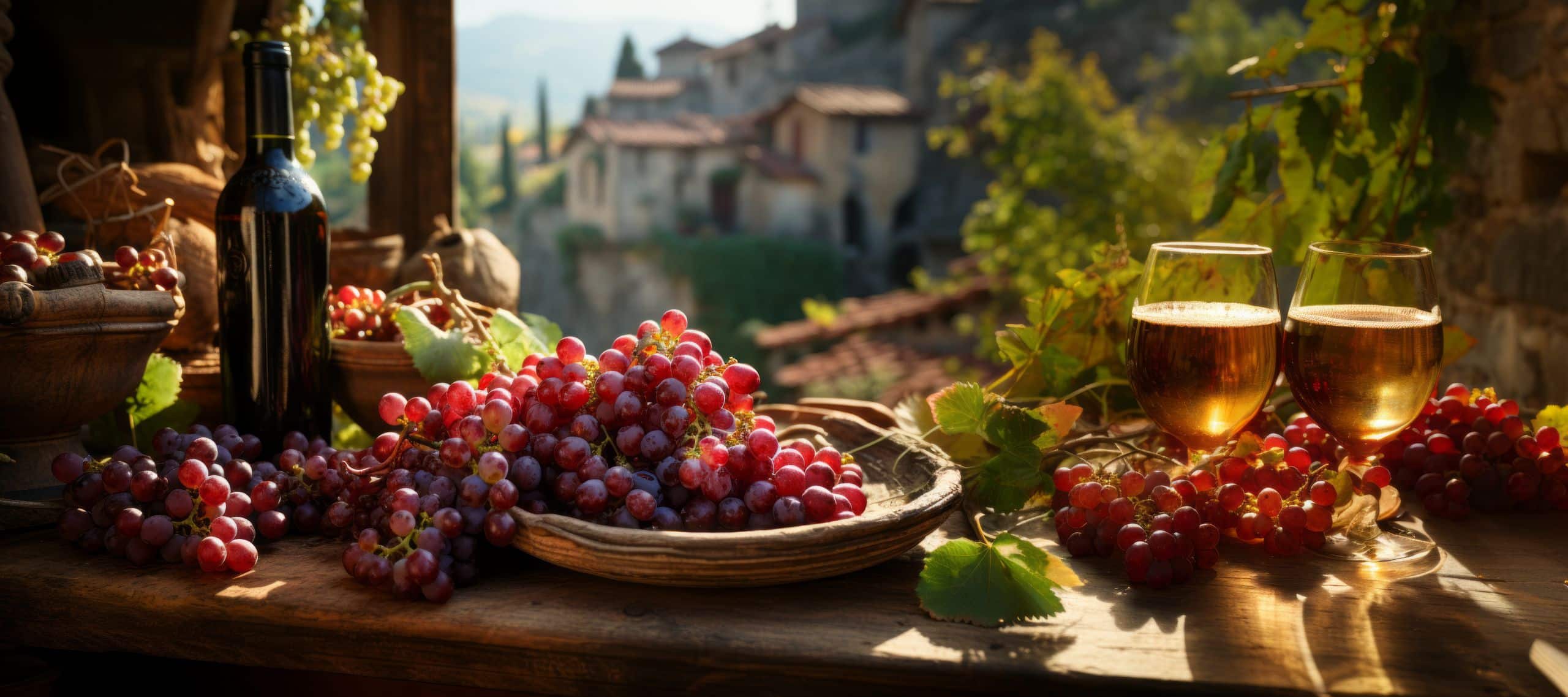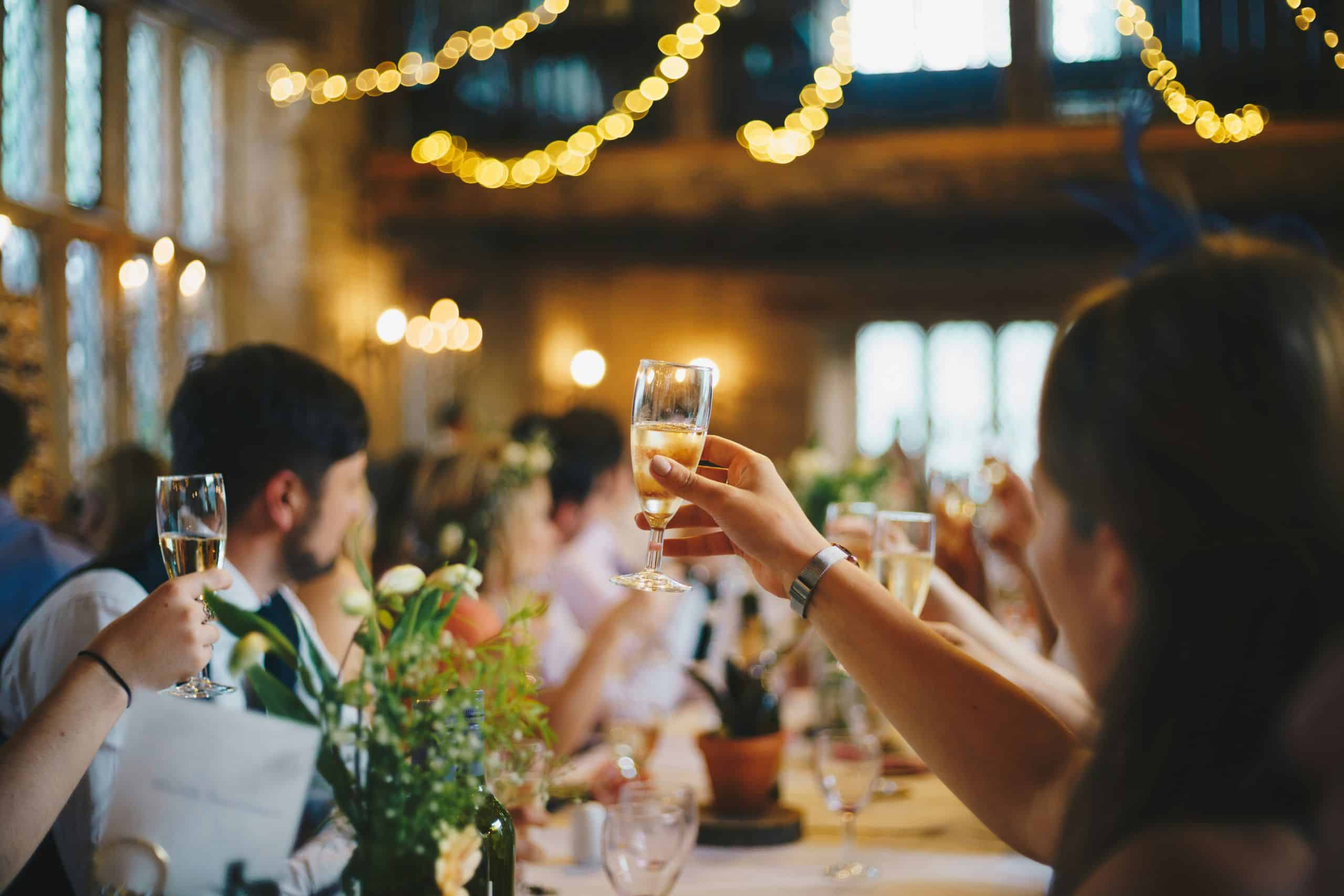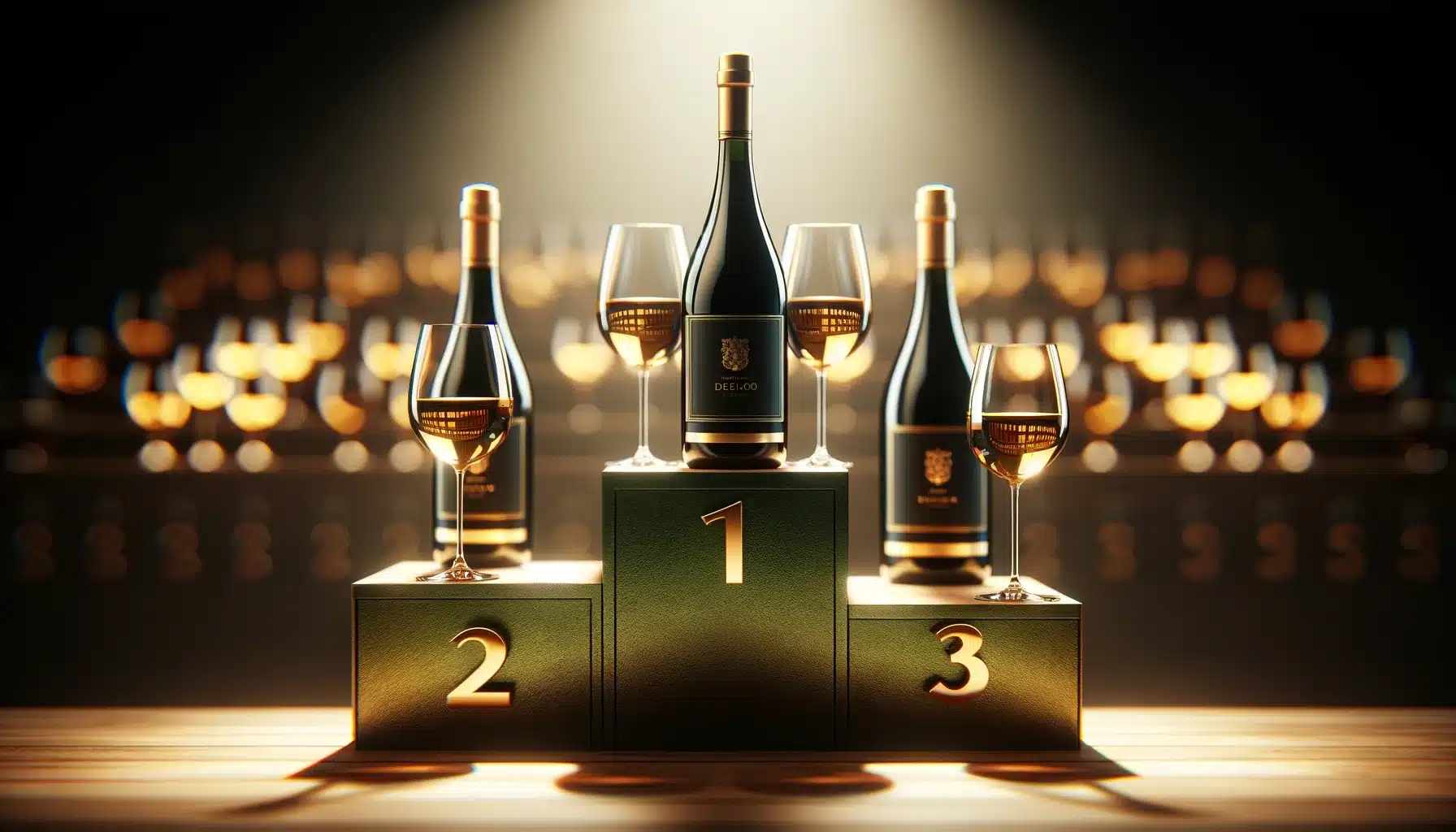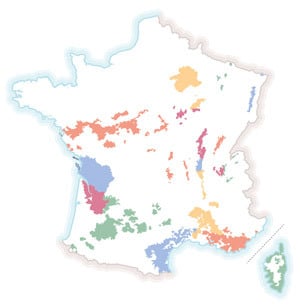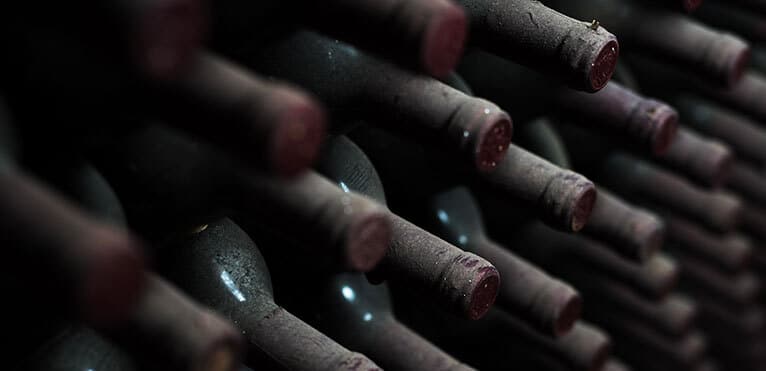
Contents
Faced with such a clear-cut question, you can easily imagine the answer: no. Each wine is different and reaches its peak at different times. Long ageing is not synonymous with quality, just as a young wine is not necessarily a piquette. The crux of the problem lies in aging potential, which varies from wine to wine. Three major factors influence a wine’s ability to age and the supposed superiority of older wines.
Good or bad year: the vintage effect
An older vintage is not necessarily better than a younger one. Indeed, in the case of wine, it’s not the age that matters, but the vintage. It’s important to know the conditions under which the wines you’re tasting were made: this is what will define the quality of your cuvée. A good vintage is first and foremost a wine whose grapes have been harvested in an exceptional year, both in terms of climate and the means employed by the winemaker. A good year is one in which there are no major climatic ups and downs, i.e. one in which rainfall, sunshine and temperatures are in balance.
Varieties more or less suited to ageing
Not all wines are suited to long cellar ageing. In fact, some grape varieties lend themselves better than others due to their organoleptic characteristics. A grape variety like Cabernet Sauvignon or Syrah, for example, will benefit from being aged in wood or bottle for a certain length of time, as this will help to round out their robust tannins, offering tasters a wine with a supple, silky structure without the original astringency of tannins. On the other hand, light grape varieties such as Pinot Noir or Gamay are rarely aged intensively, and are best enjoyed young, with more fruit. Because of its lightness, pinot noir does not evolve optimally over time, while gamay risks developing unpleasant aromas if consumed too old. Younger vintages will therefore be more qualitative for these types of wines. To determine a wine’s ageing potential, we need to distinguish between grape varieties that are suitable for ageing. Highly tannic and acidic grape varieties are often associated with wines for ageing, as these two elements guarantee good evolution over time.
Beware of over-aging
The older the wine, the greater the risk of developing defects. The main risk for a wine that is too old is oxidation. Whether aged in barrel or bottle, wine is in contact with oxygen, either through the staves of the barrel, or through the cork of the cork. While oxidative aromas can be sought in a wine’s profile, as in the case of Jura yellow wines or Spanish sherry, too much oxidation will result in unpleasant notes of chard apple, cider, nuts and flat, flavorless aromatics. The wine will also have an unattractive brown color, a sign that the wine has oxidized. So be careful not to over-age your sound, and don’t exceed your drinking window, to avoid wasting excellent bottles at their peak.
Photo : Adobe Stock – Lalandrew
